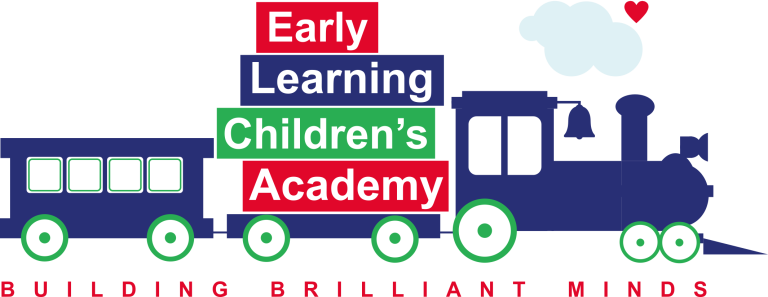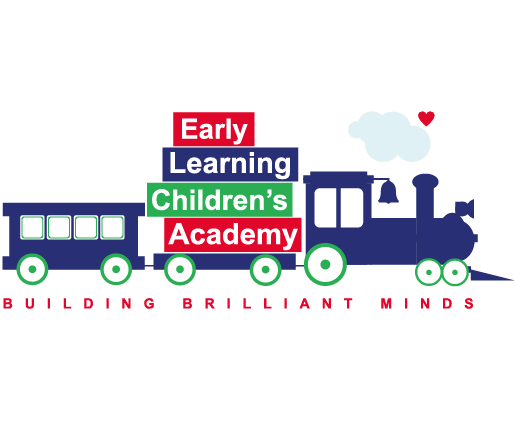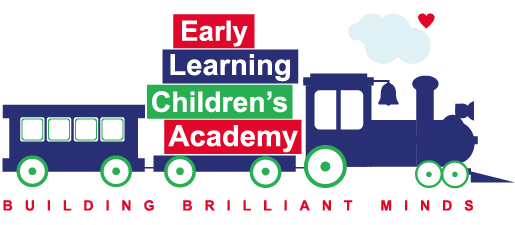We celebrate every milestone. Cheering when our babies roll over. Applauding when they sit up. Praising when they crawl across the room. Taking videos as they step, then walk, then run as fast as their legs can go. What our youngsters are doing is developing their gross motor skills, which are the essential foundation of movements we depend on every day of our lives.

Why Gross Motor Skills Matter
Gross motor skills have to do with the large muscles in our arms, legs, and torso. They provide the core strength that enables the body to move and perform basic functions like sitting, walking, running, jumping, skipping, hopping, climbing, kicking, bending, and throwing. More complex activities like playing catch, riding a bike, and swimming are added as babies turn into children and their muscles get larger and stronger. Components of gross motor skills include balance, body awareness, coordination, endurance, strength, and weight shifting. All of which are important to things like keeping the body stable while sitting at a table or on a chair, whether we’re two or eighty-two.
Newborns start developing gross motor skills immediately, and infants, toddlers, and preschoolers continue to expand and perfect them throughout their early years. Gross motor skills enable and expand in tandem with the fine motor skills of grasping, gripping, holding, pinching, squeezing, and twisting that come along a bit later. Fine motor skills involve smaller muscles. Especially those in the hands, fingers, and wrists, enabling us to hold a pencil or spoon, button a coat, assemble a puzzle, and manipulate a computer mouse or touchscreen. While we humans depend on both gross and fine motor skills, gross skills are fundamental to everything else.
Movement Is the Key to Mastery
Gross skill basics are developed in an orderly sequence during the first five or so years. While the pace can vary considerably from child to child. Any child, mastering a skill requires that the skeletal system is strong enough to support the movement. Muscle development is sufficient to control it. And the central nervous system is mature enough to handle what’s going on. Expecting kids to perform skills before their bodies are physically capable of doing so is frustrating, and potentially harmful, for children and parents alike.
More than anything ese, you want to keep youngsters moving, up to 180 minutes (3 hours!) a day according to the American Academy of Pediatrics. That time can be split up, although blocks of continuous activity help with achievement. So does imitation. By the time kids are aware enough to watch older, more advanced, children, you can see them trying to figure out how something as intriguing as walking is done. Soon your youngster will be attempting the motion. Given room to move and time to practice, your baby will quickly be toddling across the room.

Activities to Advance Skills
You can help, by encouraging your child and providing activities that help perfect each skill.
In the first 5 months of gross motor skill development, infants start by turning their heads from side to side while lying on their backs. They start shifting their heads and lifting their chests when placed on the belly. Moving and kicking both arms and legs from either position follows. By 5 months, babies are pushing up on a foot and rolling over from back to belly and going the other way. Providing lots of tummy and back time is important throughout these first stages. Along with ample room to exercise arms, legs, head, and trunk. Strengthen arms as early as 2 months, put a rattle in your baby’s hand and tug gently. For core body development at the 4-month mark, hold hands while your baby is lying on his back and carefully pull them to an upright position. That’s building the muscle strength needed for what’s soon to come.
From 6 to 18 months, locomotion is the focus as babies learn to move from place to place. Continue to work on sitting by placing your child in that position, first propped up, then sitting on their own. During tummy time (lots!), your baby first starts sliding around to explore. That soon morphs into rising up on hands and knees, with crawling close behind. Standing is next, then, as leg muscles are ready, taking first tentative steps. You can encourage your baby by holding his hands when he begins to walk. As confidence grows, move a short distance away and encourage him to walk on his own to you.
As toddlers, most youngsters are competent walkers by age 2 and can run fairly well. They go up and down stairs as you stay nearby for safety. They jump in place with both feet and are learning to kick. As 3-year-olds, they balance on one foot, jump forward, and play with a ball. A large, soft ball is perfect for catching. Jumping over a string on the ground builds muscles, and walking along a flat board aids balance. Since skills improve with practice, taking frequent walks is one of the best things you can do with your toddler. As well as letting him run freely in a protected space.
Preschoolers between 4 and 5 are adding to their abilities with increased coordination, posture, and strength. Now they can climb well, skip, somersault, and begin to skate and swim. Setting up easy games like hopscotch, tug of war, and throwing a ball at a target can be enjoyed by the whole family. By this age, kids are increasingly aware of their actions and feel pride when they master a new skill. So lots of praise is in order for even the smallest success.
Despite marketers encouraging you to do so, you can help your child develop gross motor skills without spending huge amounts of money. While an elaborate backyard playscape is handy, public playgrounds work just fine. Kids love wagons, tricycles, and bicycles but outgrow them quickly. So check with friends and neighbors about getting theirs secondhand. Formal classes for everything from ballet to tumbling are widely offered but expensive. By going online you can come up with plenty of creative ideas yourself.
The most important thing you can give your youngster during these first five years is lots of attention and plenty of time to move their bodies. And always have fun as you help your child build their all-important gross motor skills.



